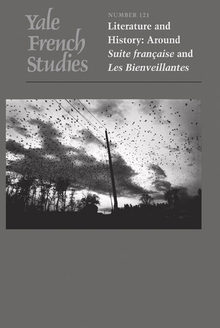Petrarchan Love and the Continental Renaissance
WARNING
You are viewing an older version of the Yalebooks website. Please visit out new website with more updated information and a better user experience: https://www.yalebooks.com
Gordon Braden
The book opens with a fresh interpretation of Petrarch’s sequence, in which Braden defines the poet’s innovations in the context of his predecessors, Dante and the troubadours. The author then examines how Petrarchan predispositions affect various strains of Renaissance literature: prose narrative, verse narrative, and, primarily, lyric poetry. In the final chapter, Braden turns to the poetry of Sor Juana Inés de la Cruz to demonstrate a sophisticated case of Petrarchism taken to one of its extremes within the walls of a convent in seventeenth-century Mexico.
"This will be the book to which all graduate and undergraduate teachers of Ronsard and Shakespeare, not to mention Petrarch himself, will send their students for information on what Petrarchism really means."—Annabel Patterson, Yale University
"This crisp volume offers a cogent introduction to the work of one of the supreme lyric poets of European literature and to his vast influence across borders and over centuries. . . . The book will serve upper-division undergraduates and advanced students as well. Its rich notes, deft in their evaluations of prior scholarship in several languages, will be of particular interest to researchers. Definitely recommended for academic collections."—Choice
"Braden . . . has written a book that engages the reader to debate his contentions and explore his sources; and this is what every good book should do. For a reader wanting a brief and provocative introduction to the influence of Petrarch’s Canzoniere, this is an excellent place to begin."—Kenneth R. Bartlett, Sixteenth Century Journal
"An intelligent and eloquent retelling of the story of Petrarchism. . . . It is an enjoyable read and a welcome addition to the ever-growing bibliography on Petrarch and Petrarchism."—María Cristina Quintero, Bryn Mawr Review of Comparative Literature
Publication Date: January 21, 2014








